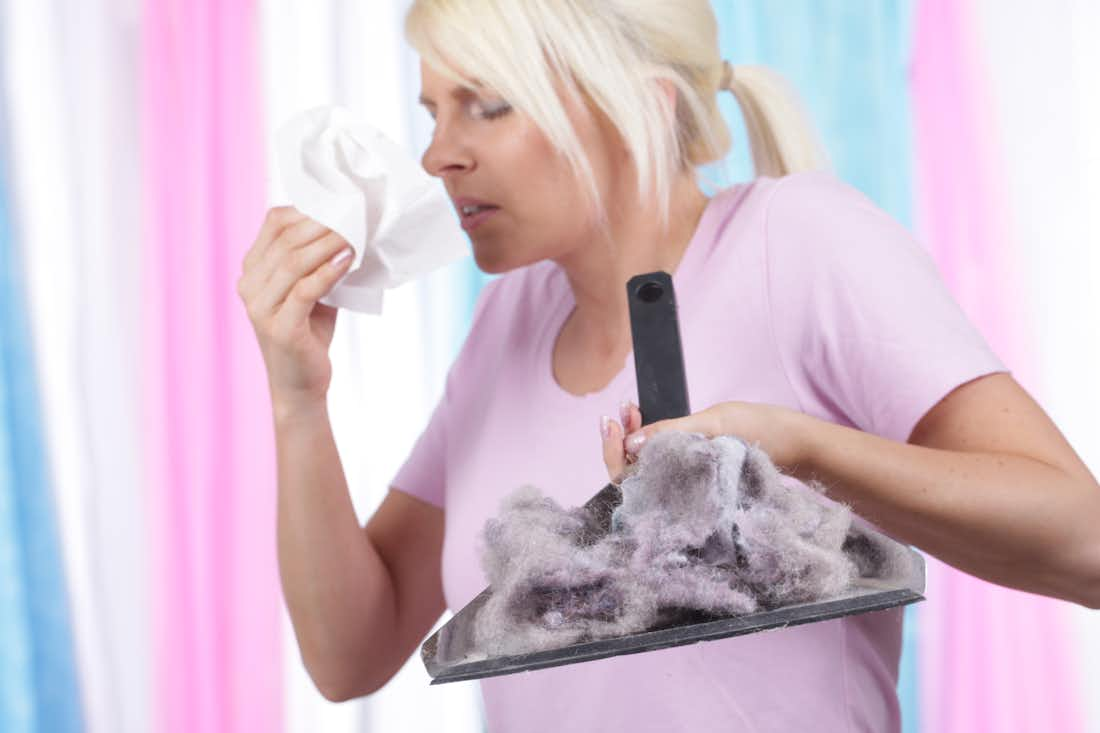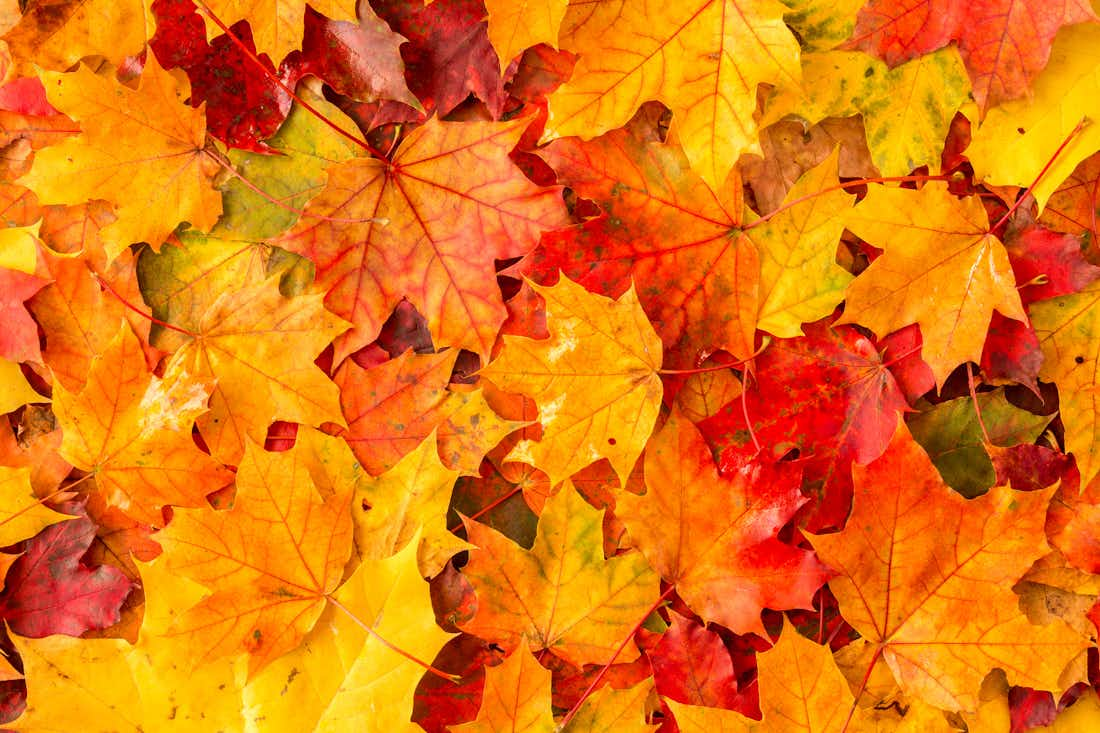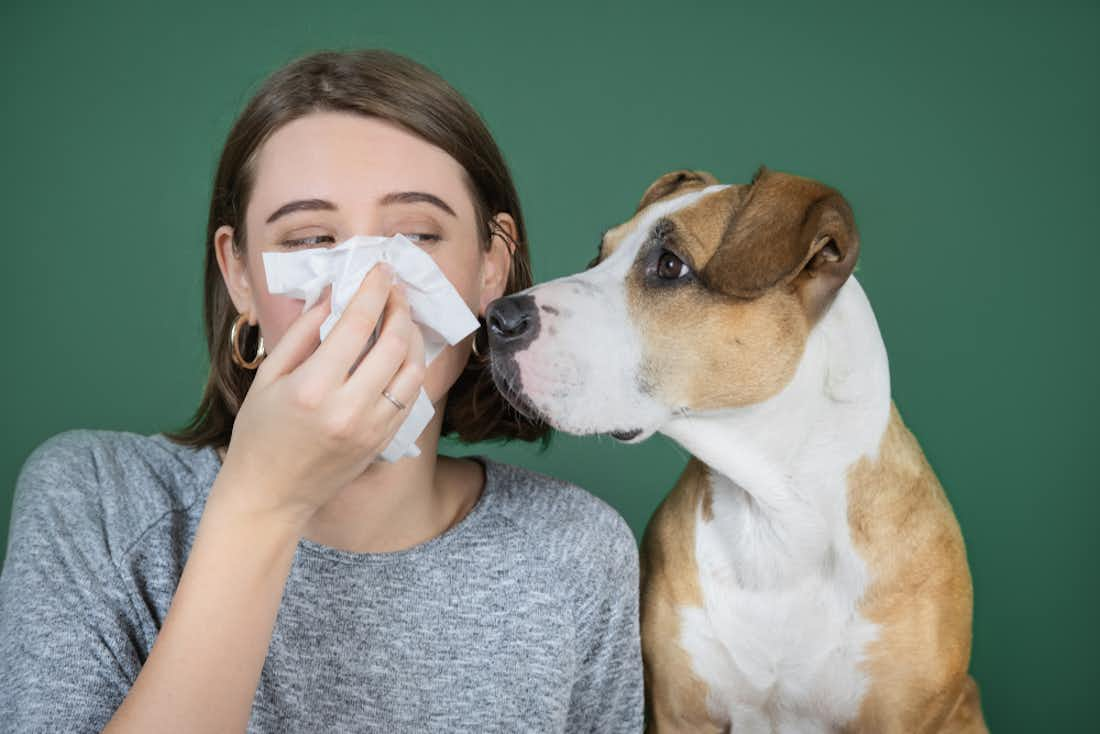Jan 12, 2022
What Are Environmental Allergies?
5 minute read
When an outdoor picnic starts to make you feel head sick, it might be because you’ve got some allergies. While individuals can be allergic to almost anything, many environmental factors can feel extra inundating.
Environmental allergies are an immune system response to something in your surroundings that is entirely harmless. Some examples include things like pollen, trees, pet dander, ragweed, and dust mites.
If you’ve got watery eyes just thinking about allergies, wipe away your tears and read on to learn everything you need to know.
Common Causes of Environmental Allergies
Technically, you can be allergic to anything. But there are a few common triggers that are a bit more prominent than others.
Pollen is one of the more common, and we’ve already talked about it a bunch. When people say they have seasonal allergies, it’s because of these tiny little specks that are floating through the air. These allergies are most common during the spring and early summer when trees and flowers are pollinating.
Pet dander is another environmental allergen that your furry friends cause. While their fluffy coats aren’t maliciously making your throat close, pet hair and dry skin flakes can drift through the atmosphere and enter your immune system. That’s why some people need to get hypoallergenic cat or dog breeds to cut back on the sneeze attacks.
Dust mites are similar to pet dander as they are an indoor nuisance rather than an outdoor pest. They’re the most common indoor allergy trigger, and believe it or not, they’re living organisms. Dust mites are microscopic bugs that love to live on soft surfaces like furniture or curtains. They prefer warm and humid environments, so they tend to become worse in the summer.
Environmental Allergy Symptoms
The symptoms of environmental allergies can vary from person to person, but a few are most prominent. These include:
- Sneezing
- Runny nose
- Coughing
- Watery, itchy eyes
- Headaches
- Itchy or sore throat
- Fatigue
Environmental Allergies vs. Food Allergies
Environmental allergies are usually caused by airborne particles that your immune system identifies as harmful. As a result, it might deploy certain defense mechanisms such as sneezing and coughing to shoo away dust, pollen, or other tiny allergen monsters.
This differs from food allergies, as you’re not necessarily ingesting environmental allergens in the same way that you might with milk or peanuts. That also makes environmental allergens harder to avoid, as you can easily shy away from eating nuts, but you can’t really stop breathing pollen-infested air.
Additionally, environmental allergies differ from contact dermatitis, which occurs when you physically touch an object that causes an allergic reaction on your skin.
How To Know What’s Causing Your Symptoms
Having a congested nose from an invisible environmental force is sort of like getting punched by a ghost. Something is making you feel miserable, but you have no idea what.
There are a few ways to pinpoint the pests plugging up your nose, but the easiest (and most comprehensive) way is by getting an allergy test. You used to need to take a long journey to your local allergist’s office to figure out what’s been nagging you, but with Cleared’s at-home allergy test, you don’t even need to leave the couch.
All it takes is a tiny prick of your finger for a huge amount of results. Our test will scan for 40 different indoor and outdoor allergy triggers so you can finally get peace of mind even when allergies disturb the peace. Who knows… you might even find that you’re allergic to something you never even knew.
But allergy tests aren’t the only way to try to get a sense of what’s wreaking havoc on your immune system. You can start to dwindle your options by noting when your symptoms are at their worst—feeling gross when you step outside? It’s probably something like pollen or ragweed. Are sneezes at night frightening you? You might have some excess dust mites living on your pillows and bedsheets.
Treatment and Prevention
The only way to truly prevent allergy symptoms is to avoid your triggers. And this can only be done by knowing what’s causing it. If outdoor environmental allergens are giving you a run for your money, you may want to avoid being outside whenever you can.
Of course, you shouldn’t have to miss out on fun experiences just because of some particles floating through the air. When your body is confronted with an allergen, it releases a chemical called histamine, responsible for causing the symptoms. To combat this, you can try taking an antihistamine medication, which blocks the production of histamines.
You’ve probably used antihistamines like diphenhydramine or cetirizine before, as these are oral antihistamines. But you can also take nasal spray or eye drop antihistamines to target specific symptoms. The Cleared shop has generic brand antihistamines for just a fraction of the cost of brand names.
While antihistamines will fight the symptoms of environmental allergies, it doesn’t pinpoint the source. However, allergy immunotherapy is a scientifically-backed way to treat the causes of allergies, rather than just the symptoms.
It works by gradually exposing you to your allergy trigger over time so that your body develops some immunity against it. It’s like running .01 miles more every day until you’re ready for that marathon. And the best part? This FDA-approved treatment is available by getting a consult with one of Cleared's allergists.
Environmentally Unfriendly
Environmental allergens exist in the atmosphere around you. These are things like pollen, ragweed, dust mites, mold, or pet dander. They differ from food allergies in that they are not caused by ingestion, though this can make it much more difficult to actually pinpoint what allergen is causing you some discomfort.
Getting an allergy test, taking some antihistamines, and even starting some allergy immunotherapy are the best ways to defend yourself from this invisible army. And Cleared’s goal is to provide you with the resources to start fighting back. Click here to learn more about our relief mission and finally take that breath of fresh air.
Reviewed by Dr. Payel Gupta
Sources:
Antihistamines: Definition, Types & Side Effects | The Cleveland Clinic



